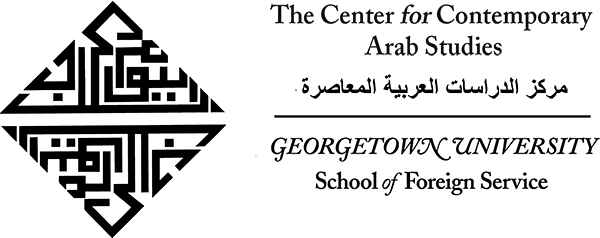Advances in mathematics in Muslim lands have long been recognized. The high degree of skill in mathematics led to advancements in many other fields, such as astronomy, cartography, surveying and engineering, commerce, art, and architecture. The best-known contribution by early Muslim mathematicians was the transfer of Indian numerals, the concept of zero, and its notation.
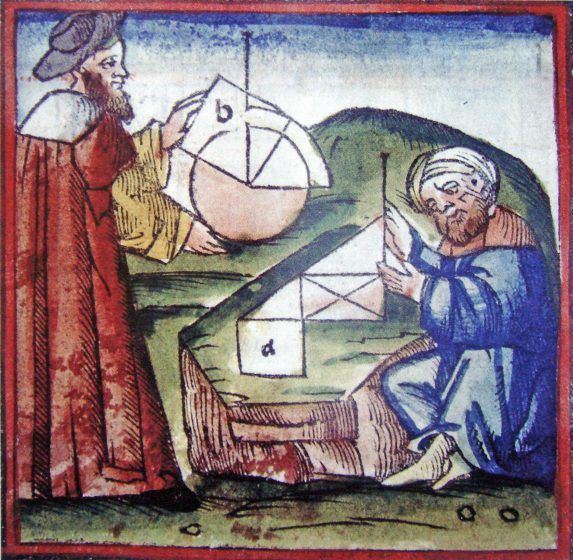
This transfer was a direct result of the openness of Muslims to new ideas, and the burst of exploration and travel, collection of books and scholarly work from every civilization Muslims encountered. As in other fields of scholarship, the translation and collection of mathematical knowledge from Greek, Persian, Indian and other sources resulted in preserving the highest state of the eastern hemisphere’s mathematics up to that time.
Persian mathematician and astronomer Muhammad Ibn Musa al-Khwarizmi (780-850 CE), was appointed court astronomer at Baghdad by the Abbasid Caliph Al-Ma’mun. He is known in Latin as Algoritimi (from which the math and computer term algorithm is derived). He is also known as “the father of algebra,” from the title of his work, Hisab Al-Jabr wal Muqabalah, The Book of Calculations, Restoration and Reduction. He gave the name to that branch of mathematics.
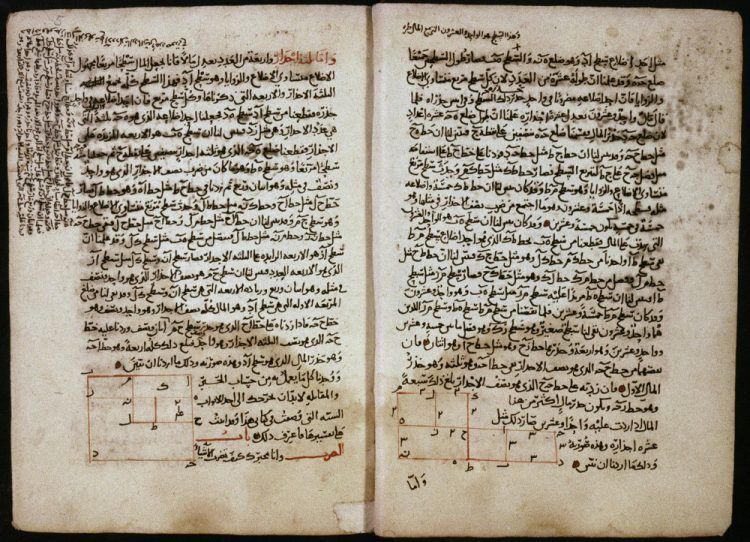
In fact, his algebra was a book of arithmetic featuring Hindi numerals — a huge improvement over Roman numerals and other systems of dots, pictographs, and finger reckoning. His introduction of the Indian concept of zero, along with the other nine digits, meant that mathematicians could express any number. Algebra was a method for moving terms from one side of an equation to the other to find the value of an unknown. He also described how to find the square root of a number, and was the first to demonstrate the concept of exponents for unknown variables. He demonstrated the use of equations, algebraic multiplication and division, and measuring area.
Damascus mathematician Abu al-Hasan Ahmad ibn Ibrahim al-Uqlidisi (“the Euclidian,” fl. ca. 953 CE) further advanced the Indian mode of calculation. The Indian system had used a dustboard to perform and erase a series of calculations. Al-Uqlidisi adapted the Indian system for pen and paper. Mathematicians could now “show their work,” sharing problems, equations, and methods for solving them across time and space. Mathematics advanced rapidly as a result of recording and publication.
Al-Battani (850-929 CE) contributed significant work developing trigonometry, computing the first table of cotangents. Al-Biruni (973-1050 CE) also advanced trigonometry, and used it to calculate the coordinates of cities to determine the qibla (direction of Makkah) from any location. Omar Khayyam (b. 1048 CE) classified and solved cubic equations.
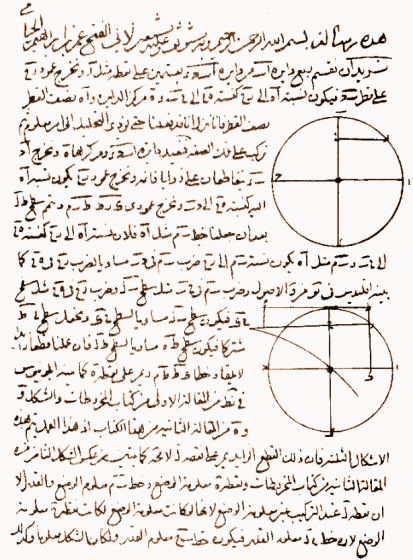
By the 10th century, Muslim mathematicians had developed and applied the theory of trigonometric functions — sine, cosine, and tangent — as well as spherical trigonometry. They used symbols to describe the binomial theorem, and used decimals to express fractions that aided accurate solution of complex problems.
Major Arabic mathematical works were brought to Al-Andalus by the 9th century, along with important Greek translations and commentaries. Together with a translation of Euclid’s Elements, they became the two foundations of subsequent mathematical developments in Al-Andalus. It is clear from their own achievements that scholars in Al-Andalus followed advancements in other Muslim lands, and contributed their own.
Today, al-Khwarizmi’s work exists only as a Latin translation made in Toledo, Spain, by Gerard of Cremona (d. 1187 CE). Europeans did not gain access to the mathematical knowledge found in Spain and North Africa until the 12th and 13th centuries CE. It entered Europe both through scholarly and commercial means. Fibonacci (d. 1250 CE), an Italian mathematician who traveled between Europe and North Africa, transmitted mathematical knowledge from Muslim lands to Europe and made his own discoveries.
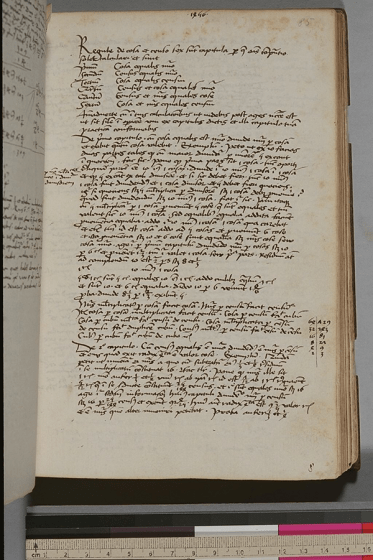
Mathematicians in Al-Andalus also did original work. Maslama al-Majriti (d. 1007 CE) was a mathematician and astronomer who translated Ptolemy’s Almagest, and corrected and added to al-Khwarizmi’s astronomical tables. Al-Majriti also used advanced techniques of surveying using triangulation.
Al-Zarqali, or Arzachel in Latin, was a mathematician and astronomer who worked in Córdoba during the 11th century. He was skilled at making instruments for the study of astronomy, and built a famous water clock that could tell the hours of the day and night, as well as the days of the lunar month. Al-Zarqali contributed to the famous Toledan Tables of astronomical data, and published an almanac that correlated the days of the month on different calendars such as the Coptic, Roman, lunar and Persian, gave the positions of the planets, and predicted solar and lunar eclipses. He created tables of latitude and longitude to aid navigation and cartography.
Another prominent Andalusian mathematician and astronomer in Seville was al-Bitruji (d. 1204 CE), known in Europe as Alpetragius. He developed a theory of the movement of stars described in The Book of Form. Ibn Bagunis of Toledo was a mathematician renowned for his work in geometry. Abraham bar Hiyya was a Jewish mathematician who assisted Plato of Tivoli with translation of important mathematical and astronomical works, including his own Liber Embadorum, in 1145 CE. Abu al-Hakam al-Kirmani was a prominent 12th century scholar of Al-Andalus, a scholar of geometry and logic.
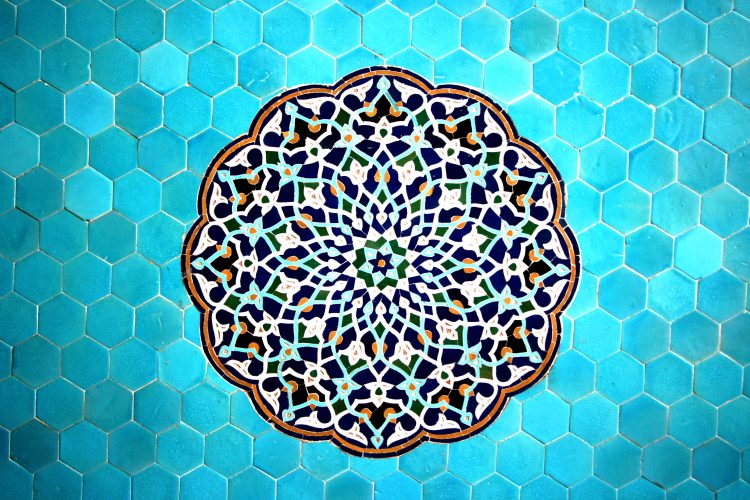
No branch of mathematics is more visible in Muslim culture than geometry. Geometric design reached heights of skill and beauty that was applied to nearly every art form, from textiles to illustration to architectural decoration. Tessellated, or complex, overall patterns were used in Andalusian architecture to cover walls, ceilings, floors and arches. Some scholars of Islamic arts believe that these designs were much more than artisans’ work — they consciously expressed the mathematical knowledge of the culture that produced them.
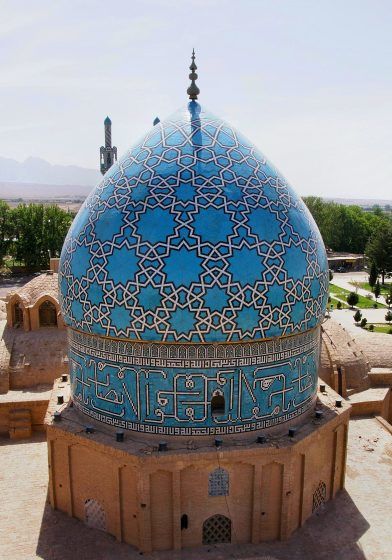
Recently, Paul J. Steinhardt of Princeton and Peter J. Lu of Harvard University discovered Medieval Islamic tessellations designed 500 years ago; they were unusually complex, with polygons of multiple shapes, overlaid by zigzag lines. These designs are known today as quasicrystalline because they have fivefold or tenfold rotational symmetry; that means they can be rotated around a point to five or ten positions and still look the same. Such designs can be infinitely extended without repeating. In the 1970s, Oxford mathematician Roger Penrose calculated the principles behind quasicrystalline symmetry. Steinhardt and Lu discovered that such patterns of stars and polygons have decorated mosques and palaces since the 15th century CE.


